Complement planting enhances not only the looks but also aids in yield. Here are some of the Best Strawberry Companion Plants you can use!
Growing strawberries is rewarding when you get a fresh and organic harvest of this delicious fruit! But you can make your growing experience even better with companion plants, as they directly benefit your yield and allow you to harvest them! Here are some of the best Strawberry Companion Plants you can grow!
Best Strawberry Companion Plants
1. Bush Beans
Botanical Name: Phaseolus vulgaris
Beans are nutritious, and many love their nutty flavor. Growing them with strawberries is beneficial, as it attracts nitrogen-fixing bacteria to the soil and repels beetles that munch on the strawberries.
2. Borage
Botanical Name: Borago officinalis
Borage is a herb that’s used for culinary purposes. It also attracts pollinators and repels pests that can potentially harm strawberries.
3. Caraway
Botanical Name: Carum carvi
It’s another herb that benefits the strawberries by attracting wasps and flies. They cannibalize insects that commonly munch on the fruits.
4. Lupin
Botanical Name: Lupinus
Some plants host nitrogen-fixing bacteria, and lupin, being a legume, does the same. Nitrogen-rich soil is more fertile and benefits not just strawberries but any plant near lupin. Plus, it also attracts pollinators such as honeybees.
5. Asparagus
Botanical Name: Asparagus officinalis
As you can grow both asparagus and strawberries immediately after the last frost, it makes sense to plant them together. Another advantage is that they won’t root at the same depth.
Thus, it won’t put a strain on the nutrient levels of the soil. It is one of the best strawberry companion plants on the list!
6. Spinach
Botanical Name: Spinacia oleracea
It’s a leafy green that’s rich in iron and various other nutrients that you must include in your diet. As spinach and strawberries root on different levels, they won’t compete for nutrients.
The occurrence of diseases will also reduce due to the antifungal and antibacterial nature of spinach.
7. Sage
Botanical Name: Salvia officinalis
Growing sage with strawberries is a good idea as both nurture well together. Also, sage protects the companion plant from different harmful and growth-inhibiting pests.
8. Onions
Botanical Name: Allium cepa
An onion belongs to the allium family and is grown for both its leafy top and bulbs. Its pungent smell discourages pests, thus helping your strawberries grow. Harvesting fresh onions is also an added advantage!
9. Thyme
Botanical Name: Thymus vulgaris
With many dietary, medicinal, and ornamental uses, it’s a must-have herb in the garden! Even better, it does well as a companion plant to strawberries.
Worms steer clear, but hoverflies are attracted to them and snack on harmful pests such as scales, aphids, caterpillars, and thrips.
10. Marigolds
Botanical Name: Tagetes
Seeing beautiful marigold flowers while watching strawberries ripen is a treat in itself. Their fragrance deters pests that harm strawberries. Plus, root-knot nematodes steer clear of French marigolds.
11. Rhubarb
Botanical Name: Rheum rhabarbarum
Rhubarb and strawberries are great companions you can grow in your garden. Both are perennial, grow at the same time of the year, and serve numerous health benefits.
12. Lettuce
Botanical Name: Lactuca sativa
Gardeners love to grow lettuce with strawberries, as the leafy vegetable improves the quality of this delicious fruit. The large, wide, and lush leaves of lettuce also protect the flavorful fruits by hiding them from the sight of birds.
13. Chives
Botanical Name: Allium schoenoprasum
Chives are an excellent fertilizing companion to strawberries. While you trim chives after flowering, sprinkle the leaves around the strawberry plants, and they’ll be excellent mulch! The strong scent emitted by the chives also deters slugs.
14. Garlic
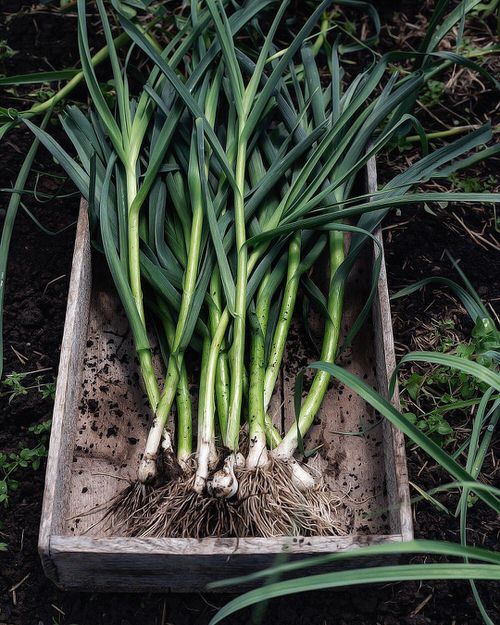
Botanical Name: Allium sativum
Garlic deters marauders from consuming juicy berries. The pungent smell of garlic keeps the pest away from the strawberries.
15. Catnip
Botanical Name: Nepeta cataria
Grow catnip four to six feet along your strawberry rows, as this aromatic plant emits an odor that helps prevent aphids and cabbage loopers. These pests can damage the whole section of your strawberry patch, and you may notice it a little too late.
16. Nasturtiums
Botanical Name: Tropaeolum majus
Nasturtiums provide natural ground cover and work as living mulch for strawberries. They suppress weeds and deter pests.
17. Yarrow
Botanical Name: Achillea millefolium
The feathery foliage and delicate flowers of yarrow attract beneficial insects and improve soil health when planted alongside strawberries.
18. Dill
Botanical Name: Anethum graveolens
Planting Dill near strawberries attracts beneficial insects like wasps and ladybugs, which prey on pests, creating a balanced ecosystem and protecting the strawberries.
19. Oregano
Botanical Name: Origanum vulgare
When grown alongside strawberries, oregano acts as a natural pest repellent, protecting them from common pests and enhancing their flavor.
20. Sunflowers
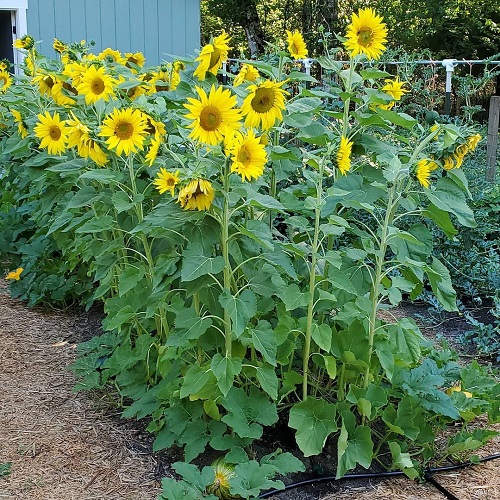
Botanical Name: Helianthus annuus
Planting Sunflowers near strawberries provides shade and support for the delicate strawberry plants while attracting pollinators, resulting in increased fruit production.
21. Chamomile
Botanical Name: Matricaria chamomilla
Chamomile attracts beneficial insects, such as hoverflies, that prey on aphids and other pests, promoting a healthier strawberry crop.
22. Tansy
Botanical Name: Tanacetum vulgare
Growing Tansy near strawberries repels harmful insects like Japanese beetles, protecting the strawberries from damage and improving their overall yield.
23. Chervil
Botanical Name: Anthriscus cerefolium
Chervil is a beneficial companion plant for strawberries. It provides shade, suppresses weeds, and attracts predatory insects that control pests.
24. Calendula
Botanical Name: Calendula officinalis
Planting calendula near strawberries enhances pollination and attracts beneficial insects, such as bees and hoverflies, which help control pests, benefiting both plants.
25. Mint
Botanical Name: Mentha
Mint acts as a natural pest repellent when planted near strawberries, deterring ants, aphids, and other pests, while the strawberries provide a lush ground cover for the mint.
26. Nettles
Botanical Name: Urtica dioica
Nettles act as a nutrient-rich companion; they enrich the soil with minerals and promote healthy growth and fruit development.
27. Lavender
Botanical Name: Lavandula
Lavender attracts pollinators and repels pests, and it looks beautiful alongside strawberries.
28. Tarragon
Botanical Name: Artemisia dracunculus
When planted alongside strawberries, tarragon enhances their growth and helps deter harmful insects, leading to healthier plants and better yields.
29. Lemon Balm
Botanical Name: Melissa officinalis
Lemon balm acts as a natural mosquito repellent and attracts beneficial pollinators. It benefits both strawberries and the surrounding garden ecosystem.
30. Rue
Botanical Name: Ruta graveolens
Rue acts as a companion plant for strawberries, repelling pests like Japanese beetles and aphids.
31. Comfrey
Botanical Name: Symphytum officinale
Growing Comfrey near strawberries increases nutrient availability in the soil and helps suppress weeds, promoting healthier strawberry plants and higher fruit production.
32. Hyssop
Botanical Name: Hyssopus officinalis
Hyssop attracts beneficial insects like bees and butterflies, aiding in pollination and pest control, resulting in improved strawberry growth and a thriving garden.
33. Lemongrass
Botanical Name: Cymbopogon citratus
Lemongrass acts as a natural insect repellent when planted near strawberries, protecting them from pests and creating a refreshing citrus aroma in the garden.
34. Coriander (Cilantro)
Botanical Name: Coriandrum sativum
Coriander attracts beneficial predatory insects that prey on pests, making it one of the Best Strawberry Companion Plants and helping to control common strawberry pests and ensuring a healthier strawberry crop.
Here is How to Grow Cilantro in a Pot
35. Geraniums
Botanical Name: Pelargonium
Geraniums act as a natural repellent for pests like aphids and spider mites when planted alongside strawberries, protecting the plants and enhancing their growth.
36. Fennel
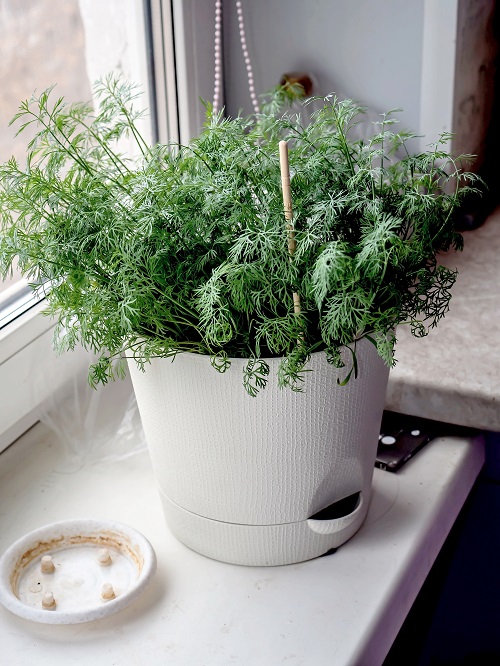
Botanical Name: Foeniculum vulgare
Fennel attracts beneficial insects like ladybugs and lacewings, which feed on strawberry pests, creating a pest-resistant environment and promoting strawberry health.
37. Pennyroyal

Botanical Name: Mentha pulegium
Pennyroyal acts as a natural insect repellent and helps control pests like ants and flea beetles.
38. Wintergreen
Botanical Name: Gaultheria procumbens
Wintergreen acts as a ground cover for strawberries. It helps to retain moisture and suppress weeds.
Bad Strawberry Companion Plants
1. Tomatoes
Botanical Name: Solanum lycopersicum
Tomatoes should not be planted as companions to strawberries due to their shared susceptibility to similar diseases, such as verticillium wilt and fungal infections.
Co-planting increases the risk of disease transmission and can harm both crops.
2. Brassicas (Cabbage, Broccoli, Cauliflower)
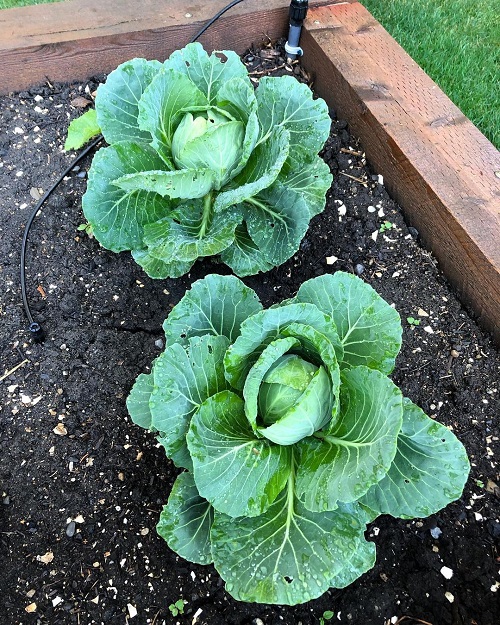
Botanical Name: Brassica oleracea
Brassicas release compounds that inhibit the growth of nearby plants, including strawberries. They can also attract pests common to strawberries, like cabbage worms, which can damage the strawberry plants.
3. Peppers
Botanical Name: Capsicum
Peppers can compete with strawberries for resources like water, nutrients, and sunlight. Their dense foliage can create shade, potentially depriving strawberry plants of the necessary sunlight they require for optimal growth and fruiting.
4. Potatoes
Botanical Name: Solanum tuberosum
Potatoes and strawberries are prone to similar pests and diseases, such as aphids, fungal infections, and nematodes. Co-planting them increases the risk of spreading these issues and can lead to reduced yields and overall plant health.
5. Cucumbers
Botanical Name: Cucumis sativus
Cucumbers are also bad companion plants for strawberries. Their sprawling vines can overwhelm strawberry plants, reducing airflow and increasing humidity.
This can create favorable conditions for diseases like powdery mildew to develop, affecting the health and yield of both crops.
6. Grapes
Botanical Name: Vitis
Grapes and strawberries have different water and nutrient requirements. Grapes are vigorous growers that require ample space, while strawberries benefit from a more compact growing area.
Co-planting them can result in uneven resource distribution, negatively impacting the growth and development of both crops.
7. Carrots
Botanical Name: Daucus carota
Carrots and strawberries have different soil preferences. Carrots thrive in loose, well-draining soil, while strawberries prefer slightly acidic soil with higher organic matter content.
Planting them together can lead to soil imbalances and hinder the growth of both crops.
8. Corn
Botanical Name: Zea mays
Corn is also among bad companion plants for strawberries as it is a tall crop that can overshadow strawberry plants, depriving them of sunlight.
The dense foliage of corn can create a crowded and shaded environment for strawberries, impacting their growth and fruiting.
9. Melons

Botanical Name: Cucumis melo
Melons, such as watermelons and cantaloupes, require conditions similar to strawberries’, including water, nutrients, and space.
Co-planting them can result in intense competition for these resources, leading to stunted growth and reduced yields for both crops.
10. Beetroot
Botanical Name: Beta vulgaris
Beetroot and strawberries have different soil pH preferences. Beetroot prefers slightly alkaline soil, while strawberries thrive in slightly acidic soil.
Co-planting them can lead to soil pH imbalances, affecting the nutrient availability and overall health of both crops.
11. Squash
Botanical Name: Cucurbita
Squash plants, such as zucchini and summer squash, have large leaves and sprawling vines that can shade out strawberry plants, making them bad companion plants for strawberries.
The leaves can limit sunlight penetration, reducing strawberry plant vigor and fruit production.


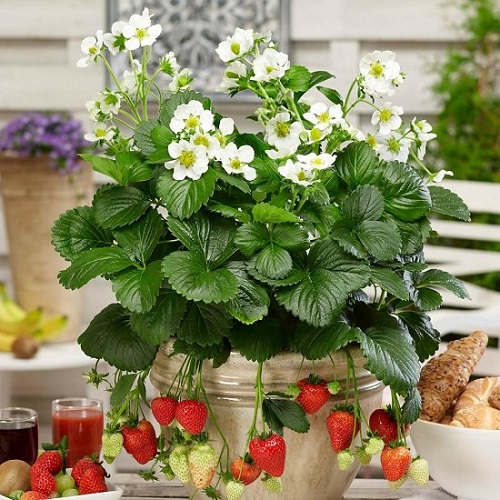
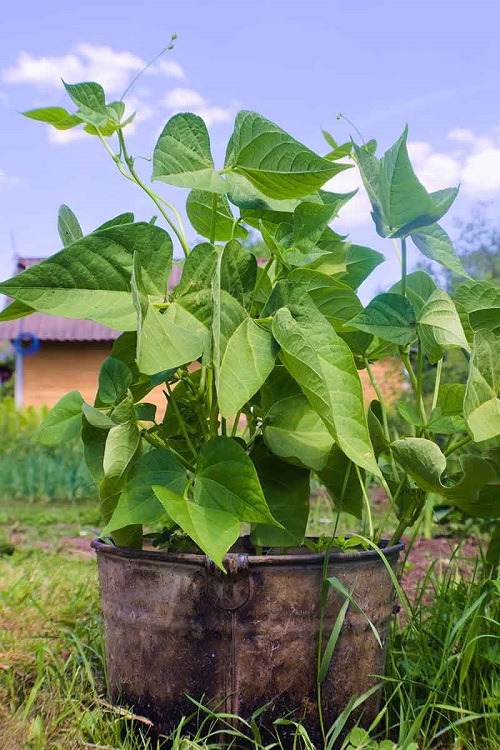

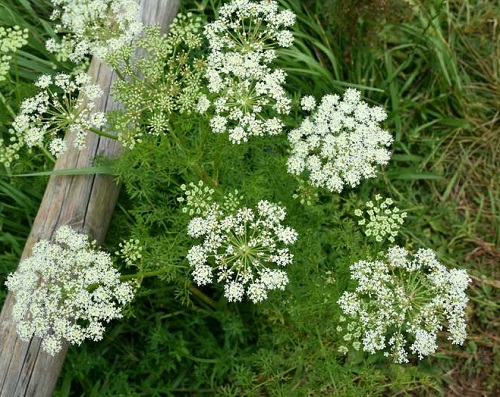
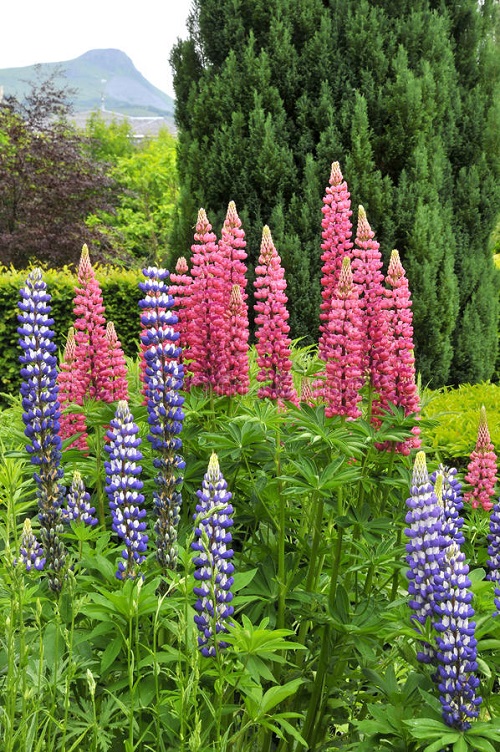

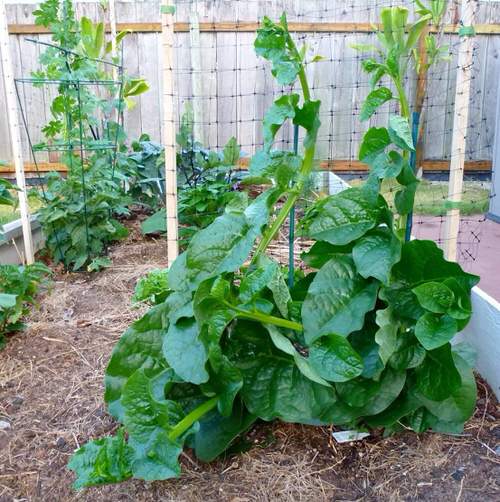




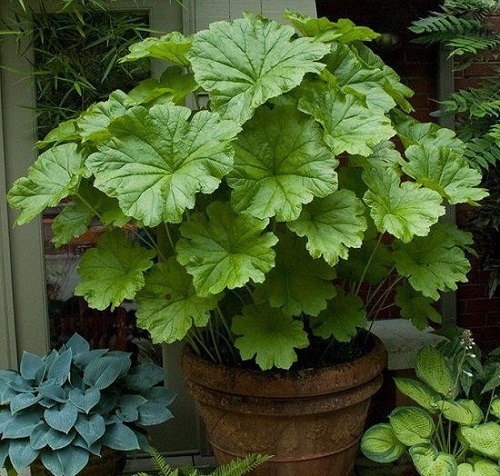
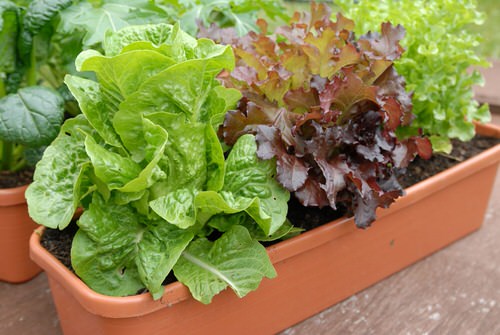
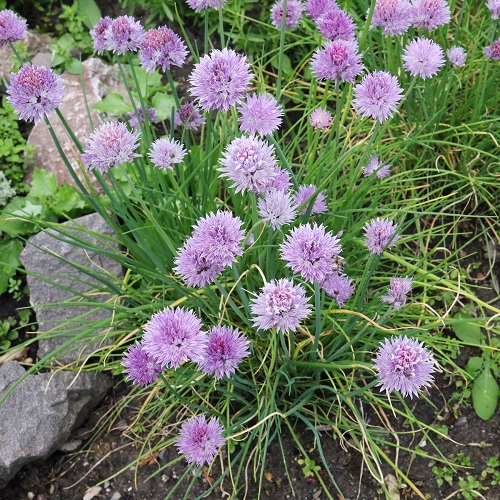
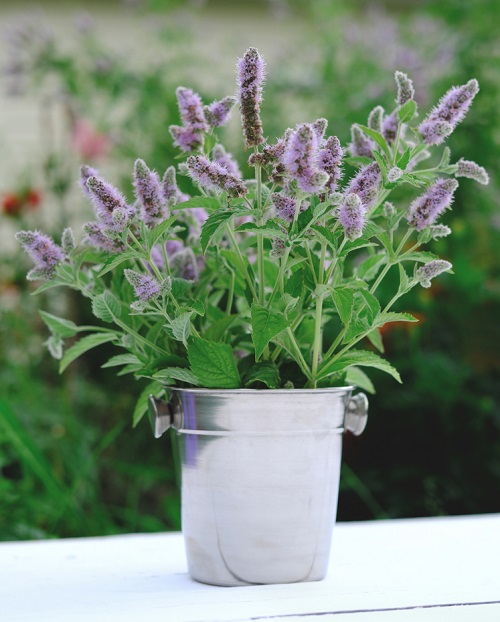
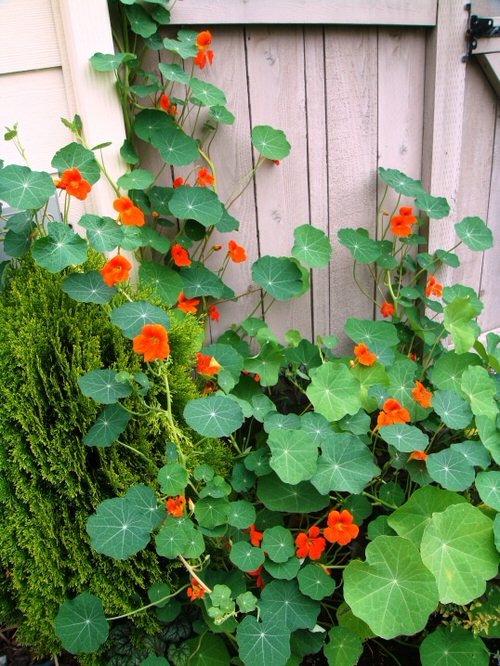

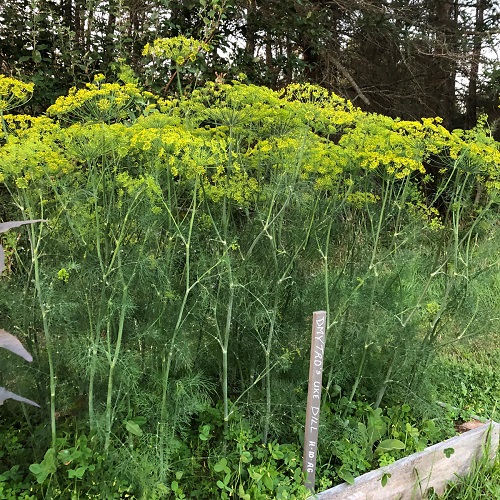
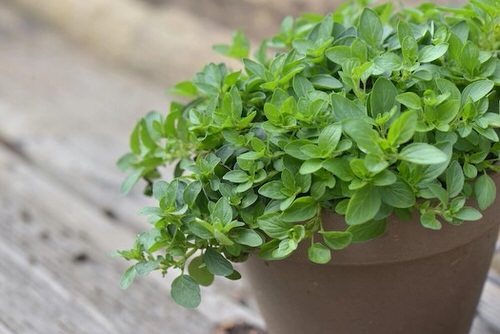

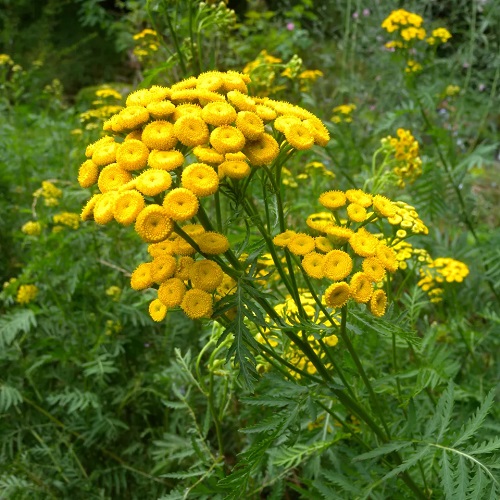
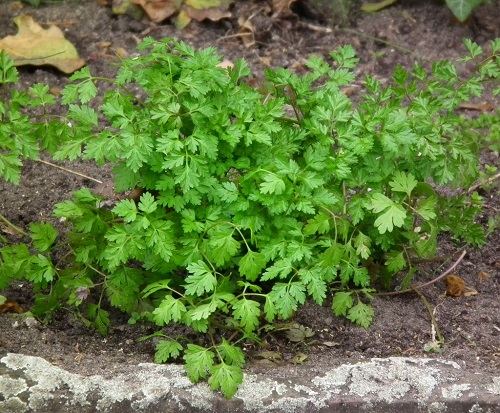
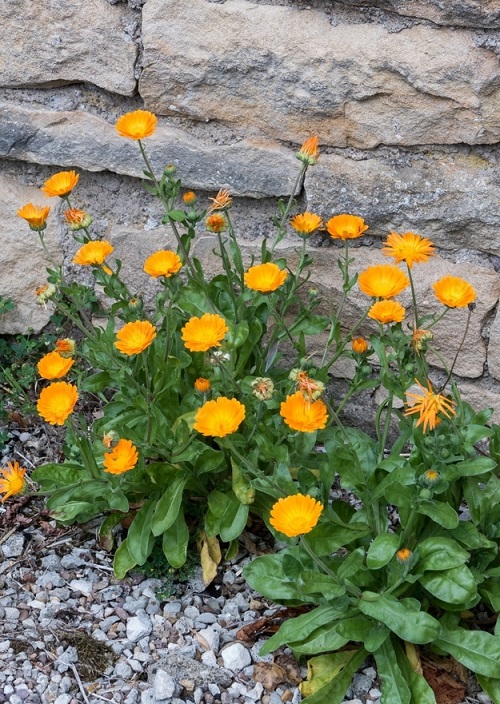

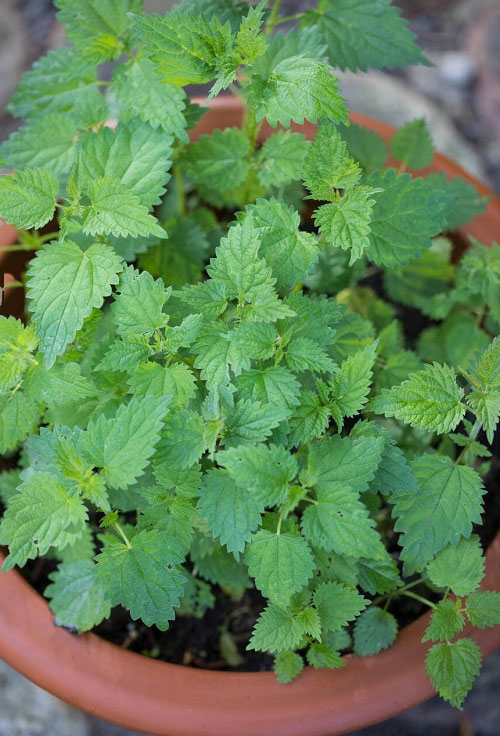
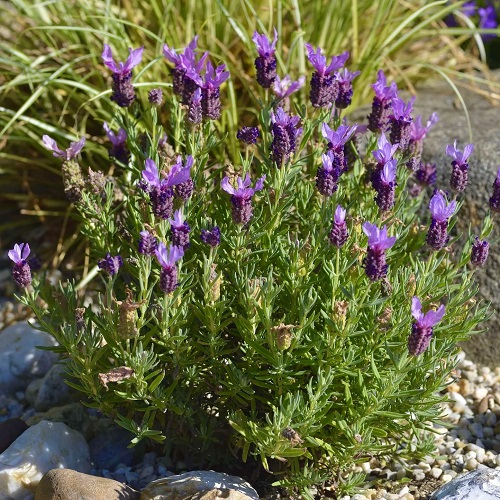
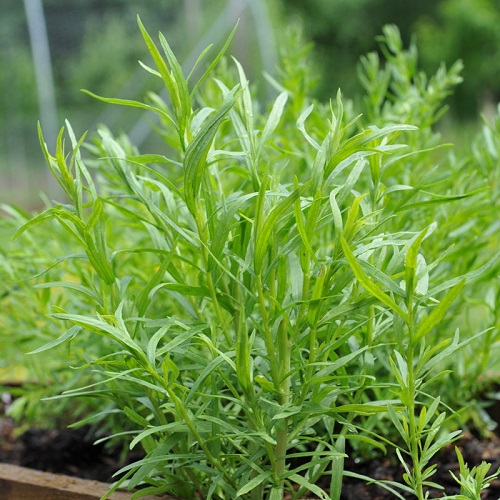
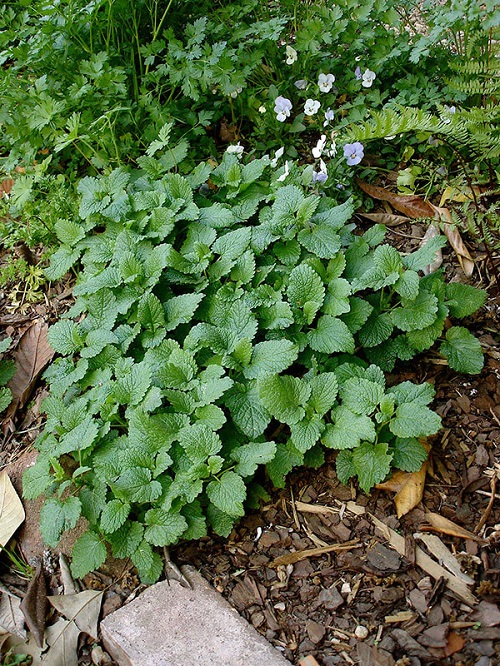
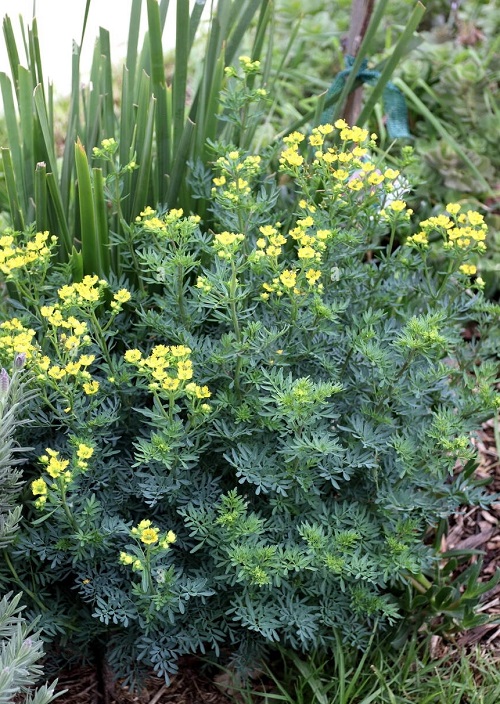
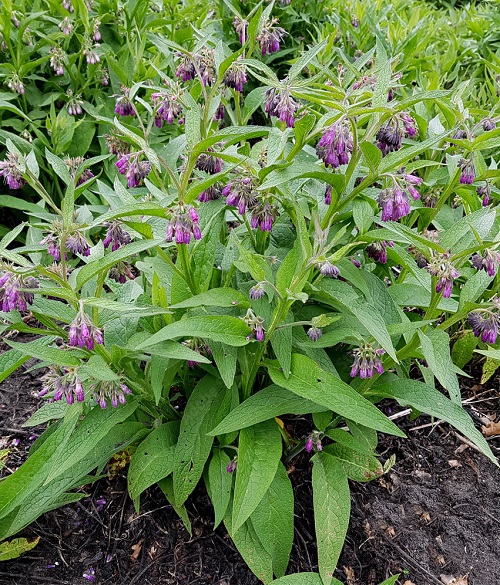
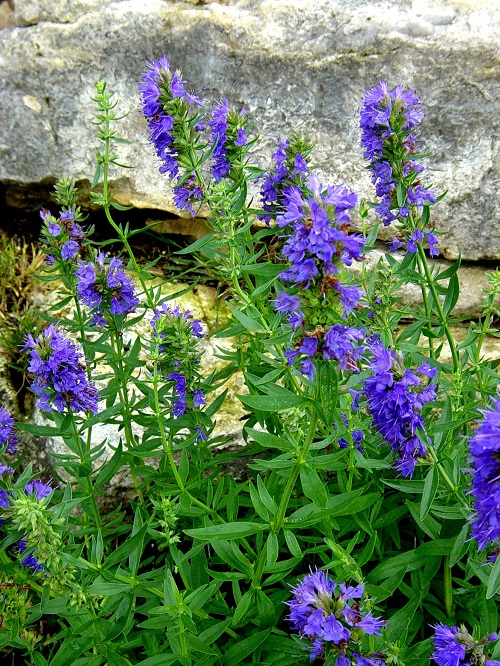
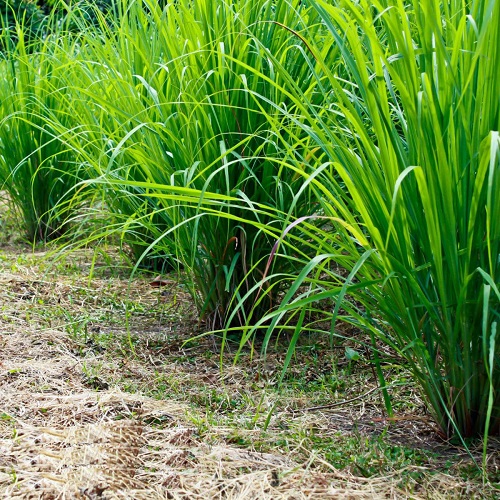


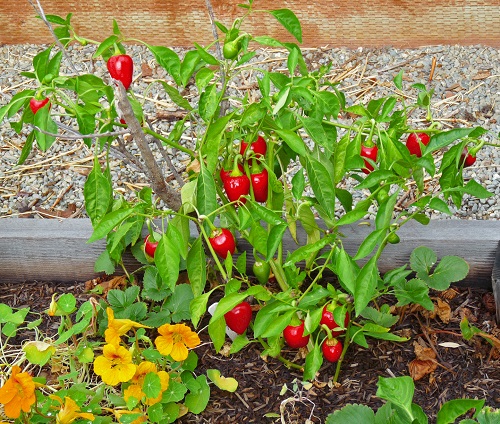



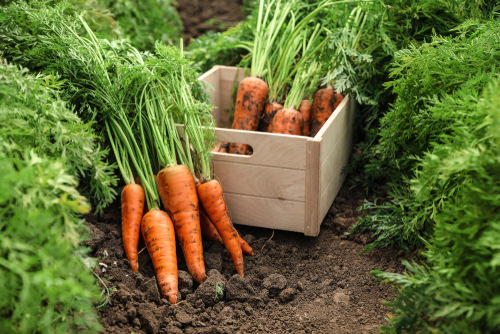
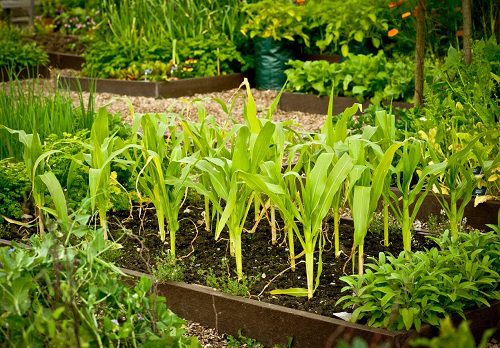

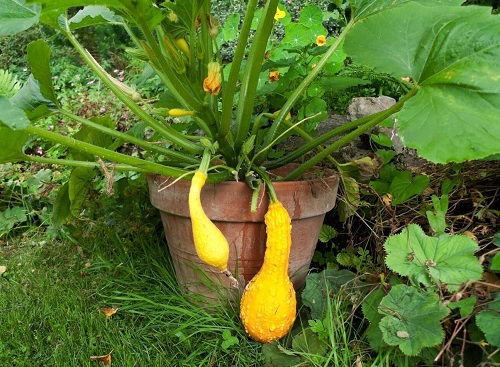

Awesome! Thank you